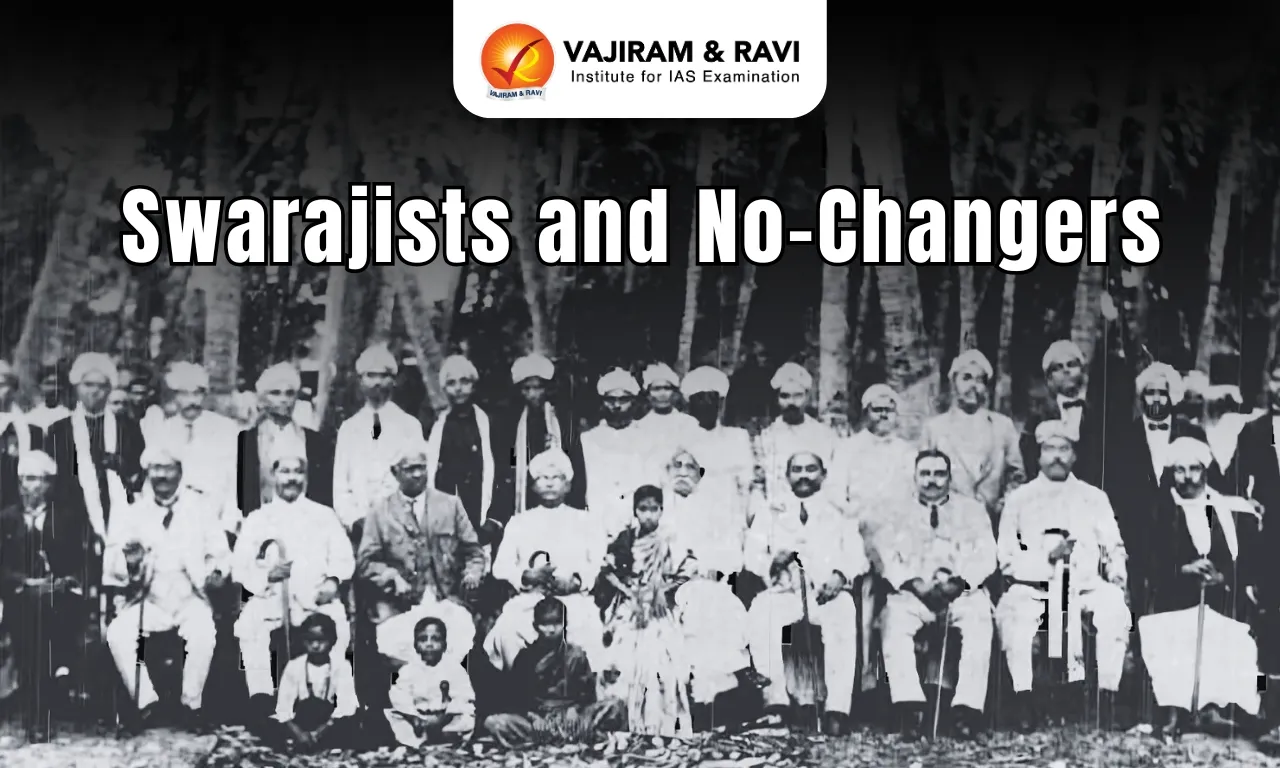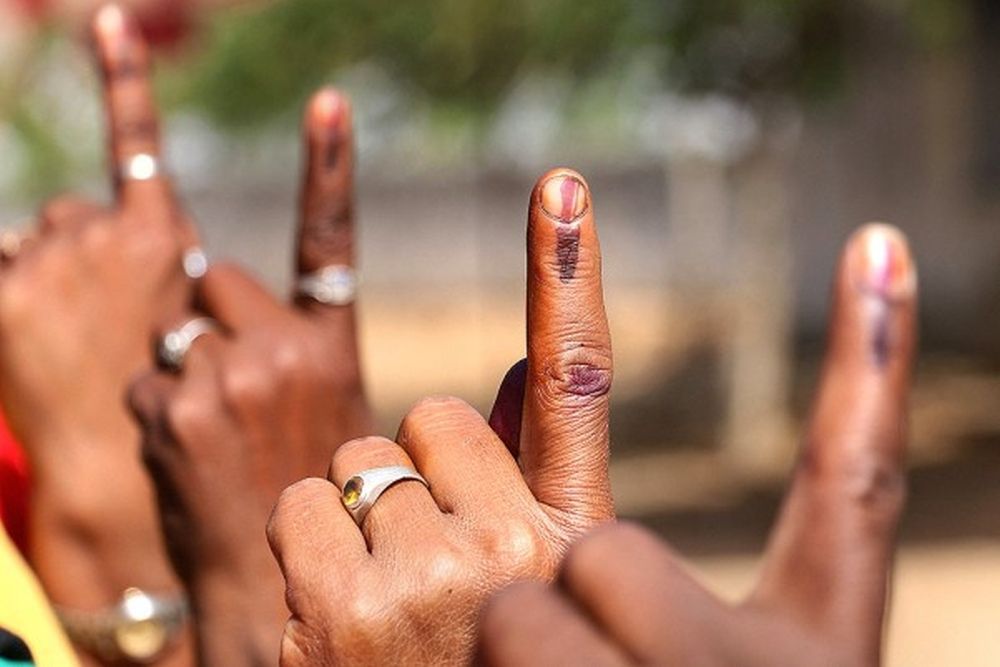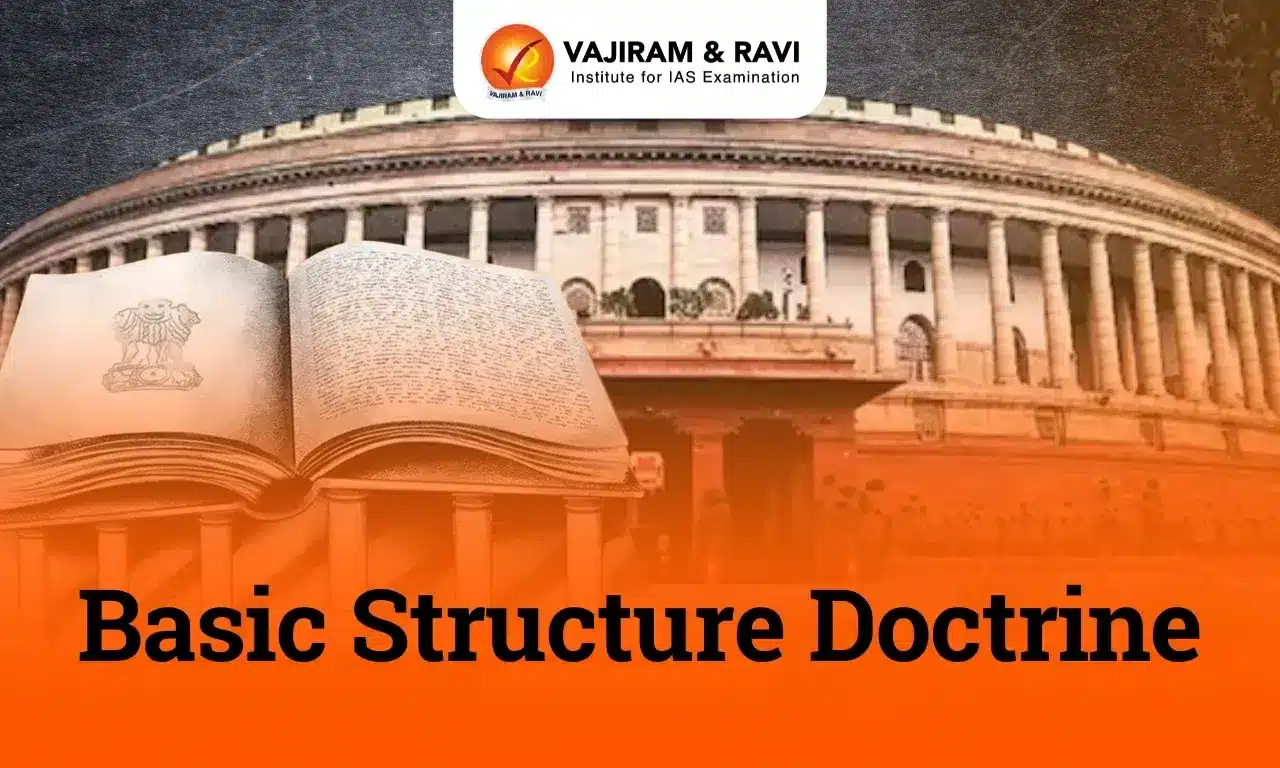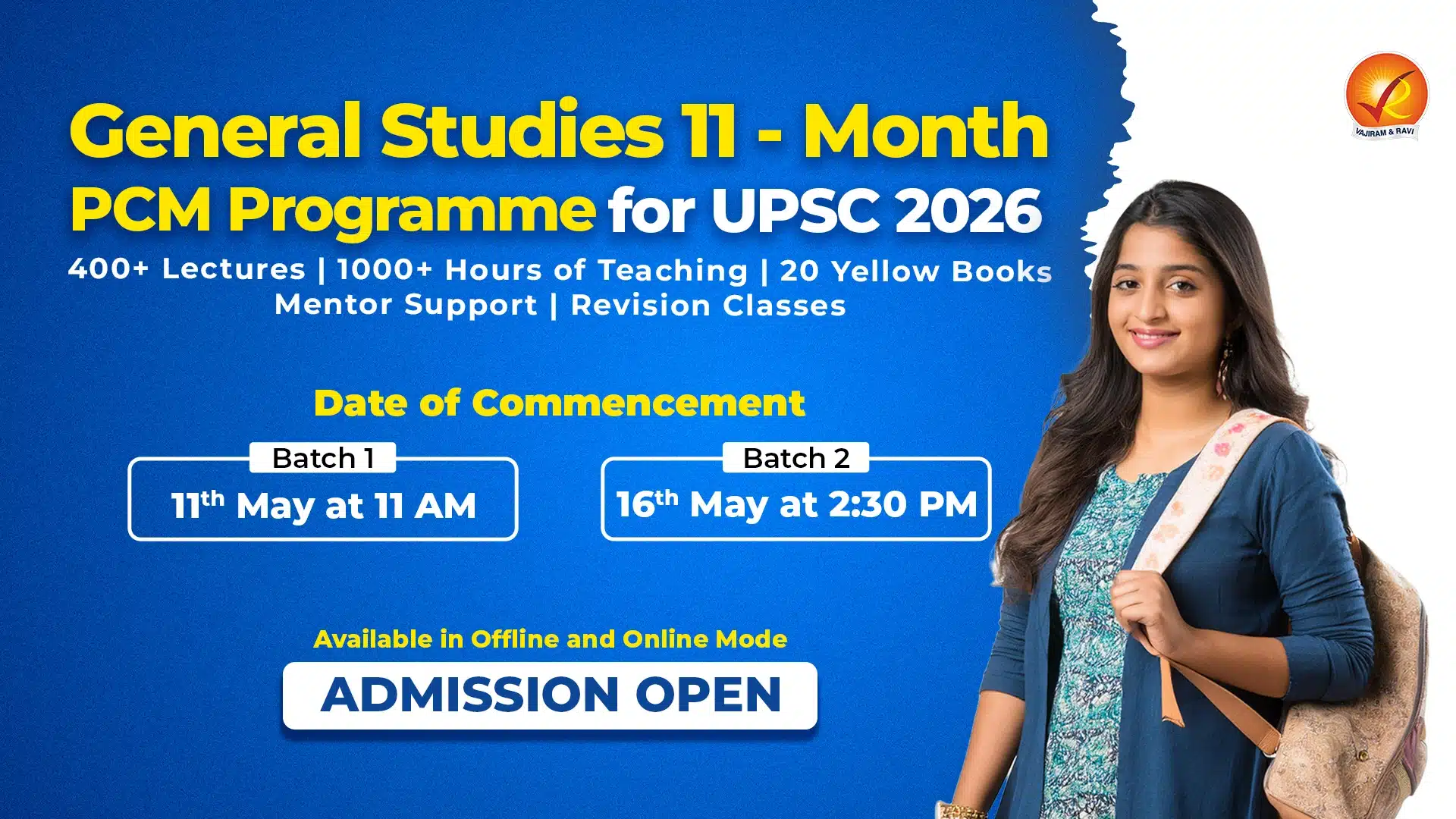Swarajists and No-Changers: The sudden withdrawal of the Non-Cooperation Movement led to significant changes in the Indian political landscape. The period marked shifts in various factions and strategies. Muslim leaders started to align with the League. Younger sections got disillusioned with the methods of Gandhi and reverted back to revolutionary activities.
Following Gandhi’s arrest in March 1922, there was confusion and conflict regarding the strategies to be followed after the withdrawal of the Non-Cooperation Movement in Congress. The main debate was on the question of participation councils. One faction advocated for Council entry, while the other adhered to Gandhi’s constructive program. Those who advocated for participation in legislative councils were regarded as “Swarajists”, while the other faction came to be known as “No-Changers”.
The Swarajists
After the withdrawal of the non-cooperation movement, a debate on the course of action during the passive phase began among Congressmen. Those who advocated for the council entry were called Pro-changers, and those who advocated for Gandhi’s constructive programs were called No-changers. Following were the main differences between the Swarajists and no-changers:
| Swarajists (Pro-Changers) | No-changers |
| – They wanted to return to active politics, which included entry into electoral politics. | – They were against entry into electoral politics. |
| – They wanted to demonstrate that they were capable of obstructing the working of the reformed legislature by capturing seats and arousing nationalist spirit. | – They wanted to continue the Gandhian line by mobilising the masses through Gandhi’s constructive programme. |
| – Swarajists contended that the government would be discouraged from packing the councils with unpleasant elements if nationalists were allowed to participate. | – No-Changers argued that the entry of nationalists would lead to neglect of constructive work, loss of revolutionary zeal, and political corruption. |
| – Leaders: C.R. Das, Motilal Nehru, Subhash Chandra Bose and Ajmal Khan | – Leaders: C. Rajagopalachari, Vallabhbhai Patel, Rajendra Prasad and M.A. Ansari |
Concept of Swaraj
Swarajism can be viewed as a ‘political experiment’ within the context of the national movement’s long history. It meant broadening the national movement to include legislative bodies as well. Inside the legislatures, colonial rule was to be questioned and challenged.
- The main proponents of this concept were Motilal Nehru and Chittaranjan Das. In 1923, they formalised it by establishing the Swaraj Party within Congress.
- The nature of the Government of India Act of 1919, as well as the withdrawal of the non-cooperation movement in 1922, provided impetus to Swarajist politics.
- The Act of 1919 called for the first elections to be held in 1920. The boycott of legislatures was one of the non-cooperation movement’s forms.
- C.R. Das, a prominent Congress leader, argued that rather than boycotting the legislatures, Congressmen should contest elections, enter the Assemblies, and oppose the British government from there. The All India Congress Committee (AICC) rejected the proposal. This was the origin of the concept of Swarajism.
Swaraj Party
After the withdrawal of the non-cooperation movement, the debate on council entry put the congress leaders at a crossroads. This conflict deepened at the Gaya session of the Congress when Swarajists’ suggestion of “ending or mending” the councils was defeated. C.R. Das and Motilal Nehru resigned as the president and secretary of the Congress and founded the Congress-Khilafat Swaraj Party, with C.R. Das as president and Motilal Nehru as the general secretary on January 1, 1923.
- Belgaum Session and the agreement: Gandhi initially opposed the council entry, but in the Belgaum Session of Congress of 1924, under his presidency, both Swarajists and no-changers realised the strength of a united front and decided to cooperate with each other.
- As the official Congress policy, Swarajists were permitted to contest for election, and No-changers were to focus on constructive programmes.
Swaraj Party in the election
Congress unanimously boycotted the 1920 elections as part of the official boycott programme. However, Swarajist within the Congress contested the elections in 1923 and 1926.
- Manifesto for the 1923 election:
- It stated Swaraj as the Party’s ultimate aim.
- It declared that Indian people should have the right to frame their own Constitution. It was made clear that a constitution for India could only be drafted while taking Indian conditions into account.
- They exposed that the so-called reforms of granting a responsible government were only blind measures to continue the exploitation of the unlimited resources of the country.
- They would present the nationalist demand for self-government in councils.
- To prevent councils from being able to rule themselves, they would pursue a policy of uniform, constant, and consistent resistance.
- Performance in the election: For the first time, the nationalist leaders participated in the elections. The party performed well and acquired a majority in Central Provinces, and emerged as the largest single party in the Central Assembly, Bombay and Bengal.
- On the whole, the party won 234 seats (42 at the centre and 192 in the provinces).
- Although it made an impressive performance in UP, the party’s performance elsewhere was generally disappointing.
Major Accomplishments of the Swarajists
The Swaraj Party started its political career in the legislature in 1923. It gave the opposition politics in the councils a tangible form. Additionally, the party won some significant battles with the government, both physically and psychologically.
- Motilal Nehru became the leader of the opposition in the Central Legislative Assembly, and Vithalbhai Patel was elected as the speaker of the Central Legislative Assembly in 1925.
- They were successful in bringing together and uniting various and disparate nationalist leaders such as Mohammad Ali Jinnah, Madan Mohan Malaviya and Lajpat Rai.
- The activities of the Swarajists did help to popularise the demand for Swaraj. They were not absorbed into ‘colonial constitutionalism,’ and their ties to outside nationalist politics were as strong as ever. They also had the ability to sway public opinion.
- Motilal Nehru proposed the Round Table Conference for the constitutional reforms, which was approved by the Indian Legislative Assembly.
- In 1926, the Swaraj Party proposed the release of political prisoners and the return of exiled leaders who had been detained during the non-cooperation movement. However, this demand was rejected because it did not have the support of other Indian Assembly members.
- Swarajists defeated the Public Safety Bill in 1928, which was aimed at empowering the Government to deport undesirable and subversive foreigners.
- On several occasions, government proposals were opposed; a no-confidence motion against the government was placed on the floor; the government budget was criticised and opposed by the Swarajists.
Decline of Swaraj Party
The Swaraj Party’s influence and popularity began to decline in the late 1920s due to the following reasons.
- Disagreement on strategies: The party was divided between the responsive and non-responsive lines. The Responsivists, such as Lala Lajpat Rai and Madan Mohan Malaviya, were in favour of cooperation with the government and holding office. In contrast, the non-responsivists were opposed to the idea of holding office.
- Death of C.R. Das: The death of C.R. Das, who was a prominent personality and the first president of the Swaraj Party, resulted in internal factionalism and a decline in the party’s activities.
- Communal angle: When the party refused to support the tenants’ cause against the zamindars in Bengal (the majority of whom were Muslims), the Swarajists lost the support of many Muslims. This brought communal interests to the party.
- Mass action: The advent of the Civil Disobedience Movement and the rise of the younger generation of leaders, including Jawaharlal Nehru, shifted the focus of the Indian National Congress towards more direct mass action.
The No-Changers
The debate on council entry after the withdrawal of the non-cooperation movement was one of the strands that resulted in proc-changers and no-changers. They were opposed to the council entry and advocated for the constructive programme of Gandhi. They wanted quiet preparation to resume the suspended civil disobedience programme. They contended that parliamentary work would result in the neglect of constructive work, a loss of revolutionary zeal, and political corruption.
Constructive Programme by No-Changers
The constructive programme was a crucial component of the Gandhian strategy of struggle against imperialism and the vision of a non-violent society by empowering the masses through education and discipline. Gandhi’s constructive programme was based on the idea that foreign dominance in India existed and thrived due to our failure to perform basic national duties. It was based on the following pillars:
- Rural development and self-sufficiency: It meant going to the villages and focusing on village reconstruction. Many Ashrams opened up in villages and took up the work of spinning and Khadi. It also empowered peasants through movements.
- Eradication of untouchability: The Constructive Programme of No-Changers actively worked towards eradicating untouchability and caste discrimination. Gandhi actively engaged in campaigns and public movements that sought to break down social barriers and promote equality.
- Communal unity: The constructive programme aimed at creating communal harmony between Hindus and Muslims. Its goal was to foster personal contacts and friendships with people of different faiths than one’s own.
- Khadi: Khadi was the core theme of the constructive programme. Gandhi portrayed Khadi as a symbol of nationalism, economic liberty, equality, and self-sufficiency. Gandhi prioritised Khadi and other village industries.
- Education: Gandhi’s programme focused on promoting basic education that was practical, life-related, inclusive, and morally grounded, with the development of the mind, body, and soul. It focussed on promoting the development of provincial languages instead of English.
- Women’s upliftment: It generated unprecedented awareness in women and made efforts for women to come out of their houses to participate in the Indian political struggle. It emphasised the equal status of women as of men.
- Health and hygiene: It gave equal weightage to health and hygiene, which included the purity of air, water, and food, as well as personal cleanliness and the cleanliness of one’s surroundings.
Evaluation of the Constructive Programme of No-Changers
The Constructive Programme of No-Changers was a set of social and economic reforms advocated by Mahatma Gandhi during the Indian independence movement.
- Success:
- When Satyagraha movements appeared to be weakening on the surface, it provided strength and impetus.
- It helped to connect different phases of agitation and provided continuity to the struggle. It prepared people for the next round of agitation and kept participants in the struggle from becoming demoralised or disillusioned.
- It led to the tremendous task of socio-economic regeneration of India, which included removing untouchability and the women’s upliftment.
- It aided in taking the movement to the illiterate masses, who served as Gandhi’s “steel frame”. The national movement entered the villages primarily through Gandhi’s constructive work.
- Limitations:
- Limited scope: Only urban lower middle classes and wealthy peasants profited from national education. Only during the fervour of the revolution did enthusiasm for national education emerge.
- Challenges of social norms: Overcoming deep-rooted social norms and structures, such as caste discrimination and untouchability, proved to be complex and require sustained efforts beyond the Constructive Programme’s scope.
- Economic feasibility: The popularisation of khadi was an uphill task and seemed economically unfeasible, as it was costlier than imported clothes.
- There was no integral relationship between Gandhi’s definition of constructive work and the Congress policy of nonviolent mass action. As a result, some leaders wanted the resolution on the constructive programme to be divided into sections, which Gandhi strongly opposed.
Relevance of Constructive Programme in Contemporary Times
Even after more than seventy-five years of independence, the constructive programme of Gandhi is relevant in contemporary times.
- Social challenges: Issues like untouchability, communal disunity, and educational commercialisation continue to plague society. Gandhi’s constructive program remains relevant in addressing these deep-seated social challenges.
- Cultural and lingual disconnect: The gap between the educated class and the masses, along with the neglect of provincial languages and the national language, still persists. Gandhi’s program emphasised cultural preservation and linguistic diversity, which is crucial in contemporary times.
- Environmental degradation: Urbanisation and industrialisation have led to congestion, insanitation, environmental degradation, and the spread of diseases in cities. Gandhi’s emphasis on self-sufficiency in villages can help alleviate these problems and promote sustainable living.
- Decentralisation: Gandhi’s constructive program advocated a decentralised economic system and promoted villages. This approach is still relevant today as it can empower local communities and reduce economic disparities.
- Moral values: Gandhi’s principles of love, compassion, and service, embedded in his constructive program, remain essential in the face of modern challenges arising from profligate lifestyles and wasteful consumption.
Last updated on April, 2025
→ UPSC Notification 2025 was released on 22nd January 2025.
→ The UPSC Vacancy 2025 were released 1129, out of which 979 were for UPSC CSE and remaining 150 are for UPSC IFoS.
→ UPSC Admit Card 2025 is expected to release in first week of May for CSE Prelims Exam 2025.
→ The UPSC Prelims 2025 is scheduled to be conducted on 25th May 2025 and UPSC Mains 2025 will be conducted on 22nd August 2025.
→ Apply once through it and aspirants can apply for various government exams conducted by UPSC.
→ The UPSC Selection Process is of 3 stages-Prelims, Mains and Interview.
→ UPSC Result 2024 is released with latest UPSC Marksheet 2024. Check Now!
→ UPSC Toppers List 2024 is released now. Shakti Dubey is UPSC AIR 1 2024 Topper.
→ Also check Best IAS Coaching in Delhi
Swarajists and No-Changers FAQs
Q1. Who were the Swarajists and No-Changers?+
Q2. Who were some prominent Swarajist leaders?+
Q3. When was the Swaraj Party established?+
Q4. What were the key pillars of Gandhi's Constructive Programme?+
Q5. Who was the president of the Belgaum Session of the Congress in 1924? Who was the president of the Belgaum Session of the Congress in 1924? +















